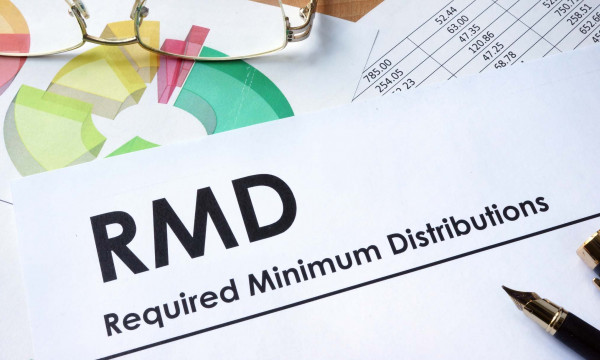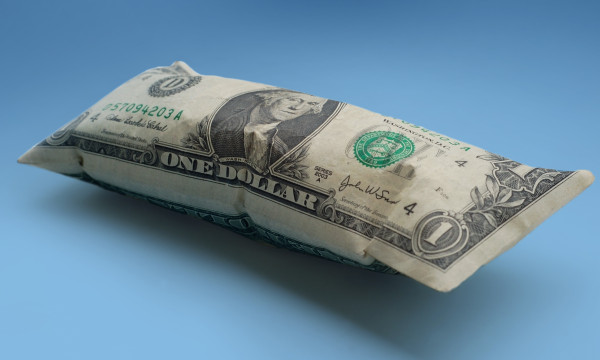Retirement FAQs
Please visit (ubt.com/rps.)
-Enter your username and password.
-For login assistance and information, please contact us at 402-323-1592 or 888-769-2362.
Select Forgot User ID or Password? Fill in the appropriate information. An email with a link to reset your login information will be sent to the email on file, contact us at 402-323-1592 or 888-769-2362 to reset your login information to the defaults.
To change your address, password, or other personal information, log in at (ubt.com/rps) and click on the gear icon located in the top right corner next to your name.
Select Change Contribution Rate on your dashboard or under Manage Investments. Then Select Edit and follow the on-screen instructions to change your contribution rate. This will update the amount that is being contributed to your plan directly from your paycheck. If this option is not available, please select Forms & Reports to print off a Salary Reduction Agreement form to turn into your benefits department.
Select Manage Investments in either your Account Balance on your dashboard or from your toolbar at the top of your screen. Then select Change Elections. Follow the on-screen directions to complete and submit how any new dollars going into the plan will be invested.
Select Manage Investments in either your Account Balance on your dashboard or from your toolbar at the top of your screen. Then select Rebalance. You will then have the option to do the following:
- Recurring Rebalance — Set up a recurring transaction to make your ending balance in each of your funds match your future investment election percentages.
- Conform Ending Balance — The ending balance in each of your funds will be realigned to match your future investment election percentages.
- Conform to Balance — Realign the ending balance in each of your funds to make them match your specified target percentages.
Select Forms & Reports from the toolbar. Make your election to receive electronic statements and hit submit. It is important to remember that you will need to have an email address entered in the Personal Profile screen.
Congress has passed laws allowing retirement plan participants who are 50 or older to make what are known as catch-up contributions. If your plan restricts your annual contributions to an amount less than the maximum federal limit, you may still be able to make a full catch-up contribution of $6,000 in 2019.
Any savings is better than nothing and the sooner you get started, the better! One of the most important things you should do would be to maximize your company's match, if offered. For example, if your company matches 50 cents on the dollar up to 6% of your compensation, you should contribute at least 6% of your compensation to receive the full benefit. Simply defer as much as you can afford to budget and take full advantage of the tax deferral.
You can withdraw money from your retirement account only as permitted by your employer’s plan. Keep in mind that there may be early withdrawal penalties and possible tax consequences for a withdrawal, and any type of distribution will reduce the value of your retirement savings. Some of the more common examples of events that may allow you to make a distribution may include: In-service distribution: Your plan may allow an in-service distribution from your retirement savings and any matching dollars from you company when you reach the age of 59 ½, even if you are still employed. If you have rollover dollars you can request an in-service distribution at any time, subject to your plan’s procedures.
Termination: When you leave the company you will receive distribution paperwork where you can indicate what you would like to do with your retirement account. Your options may include leaving the funds in the retirement plan; rolling your dollars to a new employer’s retirement plan, or an IRA; or receiving an immediate cash distribution of your funds.
Hardship withdrawal: Your salary deferral dollars may be eligible for a hardship distribution. Consult your human resources representative or your Union Bank & Trust educator if you are experiencing heavy financial need for one of the following conditions and are interested in learning more about a potential hardship withdrawal:
- Expenses for medical care for you, your spouse, your dependents,
or your primary beneficiary
- Costs directly related purchasing your home (excluding mortgage
payments)
- Post-secondary education expenses for yourself, your spouse, your
dependents, or your primary beneficiary
- If you are facing eviction or foreclosure from your primary residence
- Payments for burial or funeral expenses for your deceased parent, spouse,
children, dependents, or your primary beneficiary
- Expenses for repair of damage to your primary residence
To Request a Distribution:
- Please visit (www.ubt.com/rps) and log into your online account.
- Enter your user name and password. If you have never logged in before, please contact us at 402.323.1592 or 888.759.2382 for assistance.
- From the Account Dashboard, select Withdrawals.
- In Withdrawals, select the type of distribution that applies to you based on your employment status and age.
- Complete the online steps to request the withdrawal.
- If your plan does not allow for online distributions, please contact us at 402.323.1592 or 888.759.2382 and request distribution paperwork.
Retirement contributions are made on a pre-tax basis, meaning you are not currently taxed on your compensation that is contributed to the plan. At the time you elect to take a distribution (withdrawal) from the Traditional retirement account, you will be taxed on both the contributions to the plan and any earnings on those contributions.
Roth contributions are made on an after-tax basis, meaning you have already paid taxes on the funds by the time you make the contribution. At the time you elect to take a distribution (withdrawal) from the Roth account, you will not owe any tax on the contributions (you have already been taxed on them), and further, if the distribution is a "qualified distribution" you will not pay any tax on the earnings associated with the Roth contributions.
If you receive a "qualified distribution" from your Roth account, the entire distribution (your contributions and earnings on those contributions) will not be taxed. A qualified distribution is a distribution that satisfies the "5-year rule” and is made after your attainment of age 59 1/2, death, or disability. The 5-year rule is met if five calendar years have passed since you first made a contribution to your Roth account.
- Contact your previous provider and ask for Transfer/Rollover Paperwork. Tell them you are rolling your dollars into another qualified plan.
- Complete the Rollover Form provided. Please feel free to contact Retirement Plan Services at (402) 323-1592 with any questions.
- Submit the Rollover Paperwork back to the previous provider. They will send the check directly to Union Bank and Trust in order to avoid taxes and penalty.
- If your previous provider sends the check directly to you, please provide all accompanying paperwork to us so that we can process the contribution on a timely basis.
- Trustee Name: Union Bank & Trust Company
Checks should be payable to:
Union Bank & Trust FBO (For the Benefit Of) (Your first & last name)
Send Checks to:
Union Bank & Trust
Attn: Retirement Plan Services in care of (Your current company’s name)
P.O. Box 82535
Lincoln, NE 68501
Need Help? Toll-free 1.888.769.2362
Our team is here for you. Call 888.769.2362, 402.323.1592, or email 401k@ubt.com, and we'll be happy to help.
|



